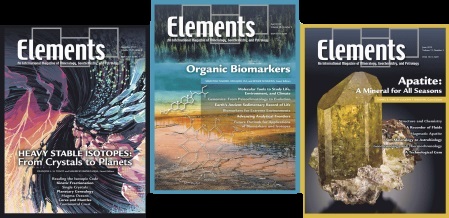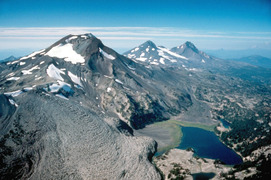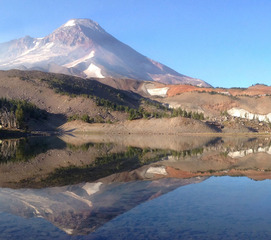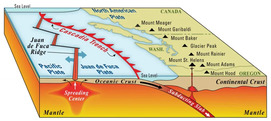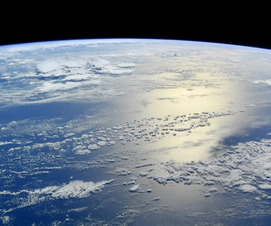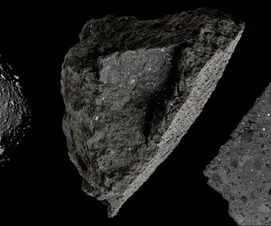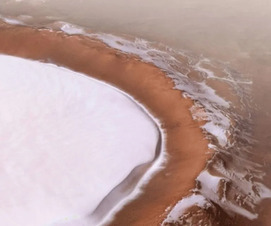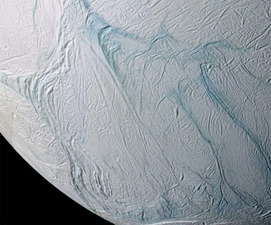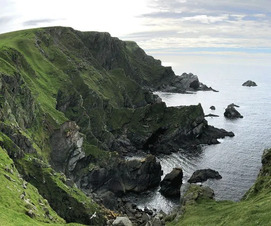The Nature of Active Magma Reservoirs and Storage Underneath Cascade Volcanoes
Volcanic activity is dictated by crustal pathways and reservoirs through which magma ascends and collects. The Cascades are a natural laboratory to study the influence of the crust on erupted magmas and subterranean reservoirs. The interaction of ascending magmas with the variable subduction geometry and tectonics of the overriding North American plate has given rise to a diversity of magmatic storage conditions. The confluence of geochemical and geophysical investigations emphasizes that most magmatic systems in the Cascades have been built at multiple levels in the crust, as determined by tectonics, pre-existing structure, and magmatic flux from the mantle.
The Nature of Active Magma Reservoirs and Storage Underneath Cascade Volcanoes Read More »

